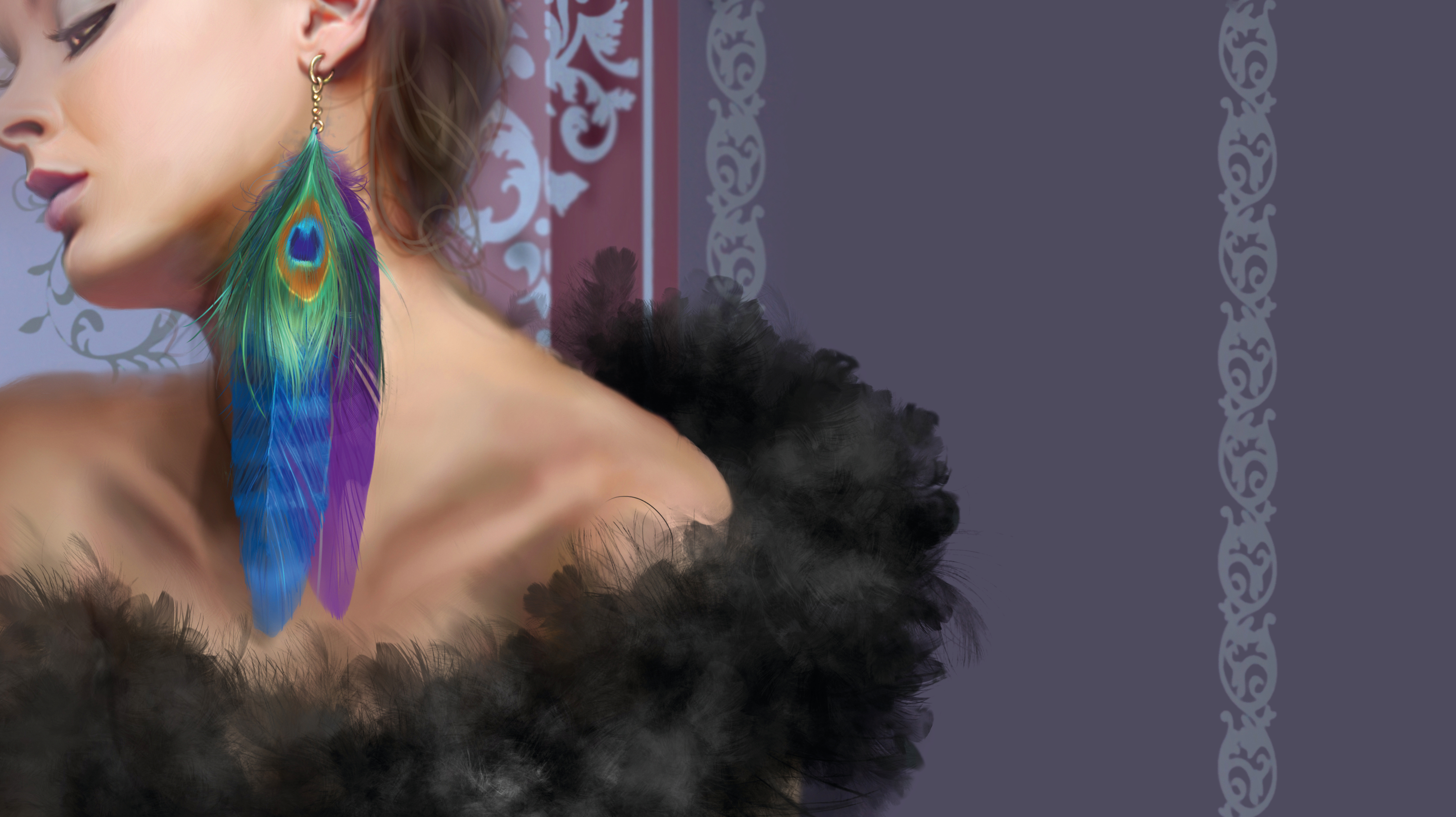
"Wool is a warm, natural fiber obtained from sheep. When you examine the yarn closely, it resembles strands of hair—essentially, it is the sheep's fur. Knitted wool yarn creates a texture that looks like rows of tiny braids."
"Materials aren't just aesthetic - they can suggest a character's status, the setting's time period or cultural context. Every visual detail should have intent."
"You'll learn how fabric folds reflect weight and structure, from soft, flowing chiffon to structured denim, and how metal's reflectivity and surface behaviour enhance realism, especially in accessories or armour."
"Keep in mind their narrative function. As you incorporate these materials into your scene, materials help create a believable and immersive artwork."
Illustrating materials adds life to artwork, making scenes immersive and believable. Effective painting of fabrics, metals, and textures helps convey realism in digital art. Understanding the properties of different materials, like wool and denim, is critical for accurate depiction. Custom brushes, layering techniques, and consideration of narrative context enhance the visual impact of artwork. Objects should reflect weight, structure, and cultural significance, ensuring each detail has purpose and intent.
Read at Creative Bloq
Unable to calculate read time
Collection
[
|
...
]